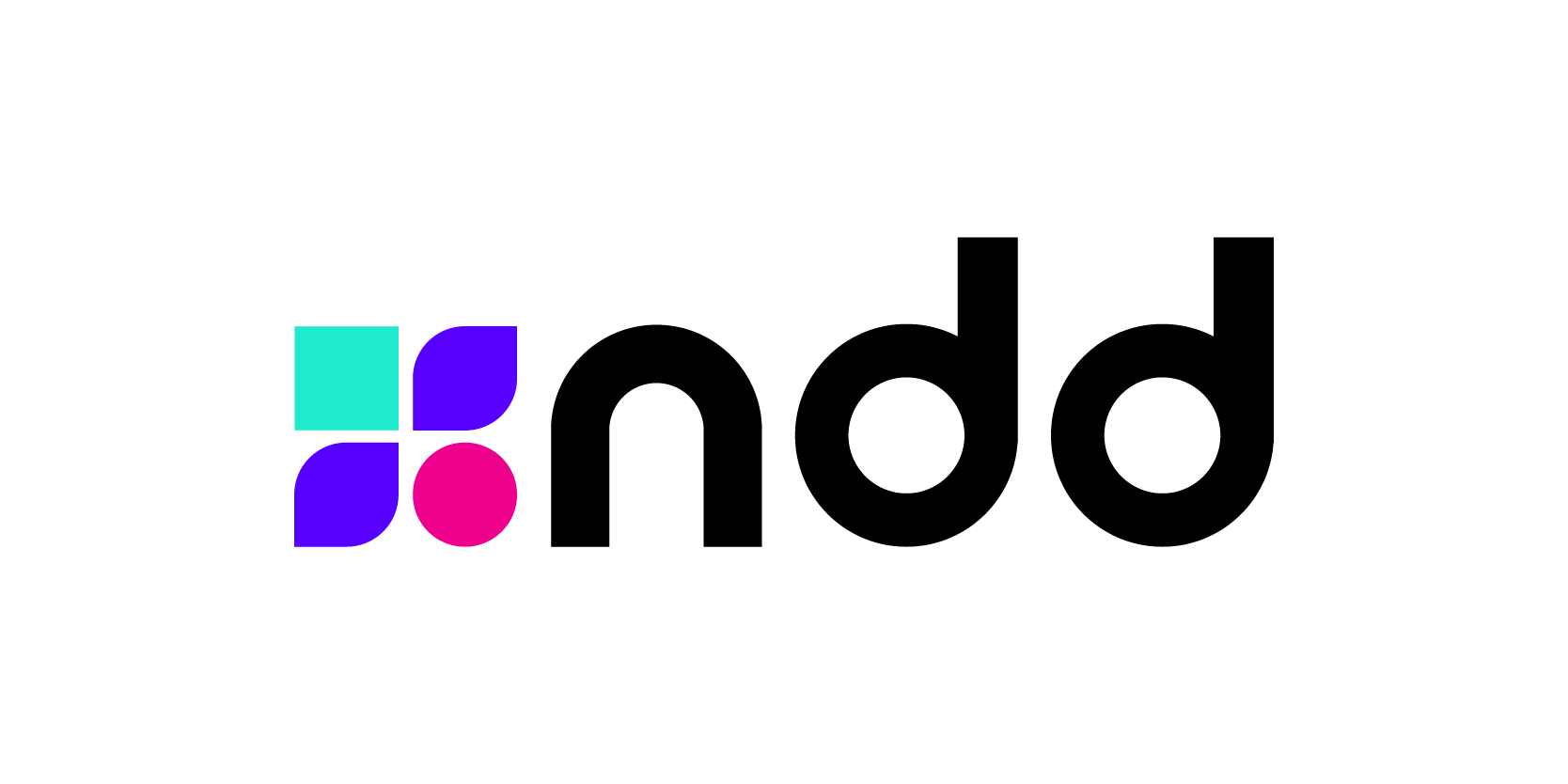In a scenario of hybrid environments, both employees and employers see technology as crucial support to execute processes and enhance productivity.
A survey conducted by HP revealed that, despite the evolution of hybrid work, there is still much to be done in this regard, especially from a technological standpoint. A quarter of the participants in the study expressed confidence that organizations will implement the right tools to support hybrid work.
In a scenario where teams operate in separate environments, it is no secret that both employees and employers view technology as crucial support to ensure process execution and increase productivity.
When organizations provide an appropriate work infrastructure, employees feel more satisfied, included, and valued. In another study, HP found that 20% of employees feel judged if they experience technical issues, especially the younger ones.
The role of the print provider is to understand the demands of their clients and ensure functionalities that meet the requirements of a remote work scenario. In a home office and hybrid work setting, ensuring secure print mobility is one of the main challenges and expectations.
>> NDD Print facilitates hybrid work management in your company. Discover how!
Print management in the mobility era
The possibility of offering cloud services has transformed how companies operate. The technology has allowed the flexible and scalable provision of services without installation on local devices. In the context of remote teams, solutions with this profile naturally become dominant in the market.
Even in the era of mobility, some companies will still operate in a non-paperless environment. Nearly 7 out of 10 IT executives (65%) believe that printed documents will still be relevant for business in 2025, according to a Quocirca survey.
Consequently, the pursuit of print mobility by clients has become decisive and one of the main criteria for choosing print providers. The idea is to offer flexibility so that employees can produce in the best possible way – which, in many cases, also opens up the opportunity to add scanning services.
Within this context, one of the most sought-after features is the so-called secure print release, also known as pull printing. With it, it becomes simpler for employees to access documents on any device, whether in the home office or during visits to the office.
This feature creates a kind of two-factor authentication to release a document for printing. In practice, an employee can send material for printing while on a home office device.
Upon arriving at the office, they approach a printer and proceed by simply entering a password, biometrics, PIN, or even using a badge. That refers to secure printing: avoiding documents forgotten in printer trays, and, of course, facilitating obtaining printed files at the desired time and location.



